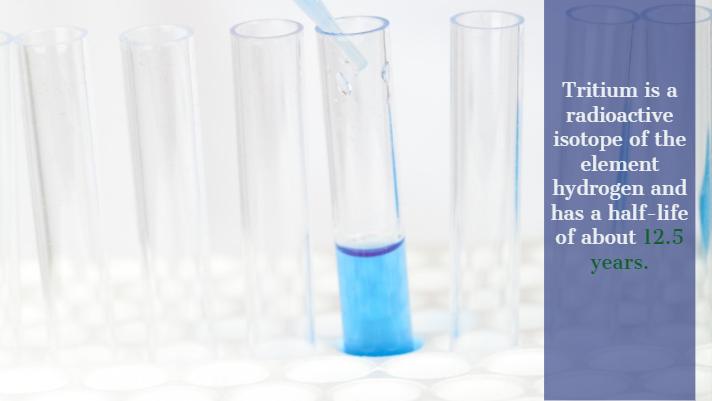
Chemical manufacturing, particularly when it comes to drug research and pharmaceuticals, is one of the larger industries within the United States. However, most people across the country don't fully understand many of the basic principles of this field, despite how often they're used by chemical manufacturers for scientific research and study. Radiolabeling, for example, remains a mystery to many people outside of the industry. So how does radiolabeling work? What are radiolabeled compounds used for?
What Is Radiolabeling?
Radiolabeling is a method often used in pharmaceutical research and development that is used to track certain chemicals and compounds. It's somewhat similar to a more well-known technique, carbon dating, that is used to track the age of organic compounds based on the rate that carbon decays. One isotope that is commonly used in radiolabeling is tritium. Tritium is a radioactive isotope of the element hydrogen. It is radioactive and has a half-life of about 12.5 years.
How Do Radiolabeled Compounds Help?
Radioactive isotopes are used to mark and identify important elements, making them easier to work with and identify throughout the research process. C14 radiolabeling, for example, is more easily able to identify using a variety of test methods, helping to provide crucial data to researchers. Since these compounds have a set half-life, they're also reliable and consistent in the data they can provide. Consistent data allows for more accurate results from research, speeding the process considerably.
Radiolabeled Compounds and The Pharmaceutical Industry
When developing new medicines and pharmaceuticals, consistent data in research is key. While many tools and techniques exist that can help provide accurate and necessary readings, radiolabeled compounds provide an advantage in many situations. Having these tools and techniques readily available lead to new scientific and medical discoveries, many of which improve the quality of medical care available overall.
Radiolabeled compounds are not something the general public regularly encounters, but these useful compounds contribute significantly to scientific research and the development of new pharmaceutical products. Understanding the basics of radiolabeling and how radioactive isotopes and compounds work is essential to begin to appreciate and understand the complexity of the pharmaceutical industry. For more information on pharmaceutical research, radiolabeled compounds, and more, contact Moravek today.
